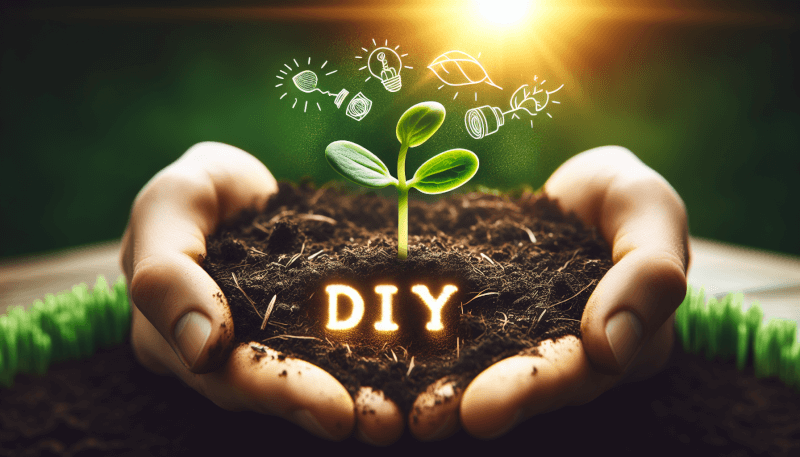Starting your own garden from seeds can be a rewarding and fulfilling experience. Whether you have a green thumb or are just starting out, this article will guide you through the best ways to begin your very own DIY garden from seeds. From choosing the right seeds and soil to providing the necessary care and attention, you’ll learn everything you need to know to ensure successful growth and a bountiful harvest. Embark on this journey and watch as your seeds transform into beautiful plants that will bring beauty and freshness to your outdoor space.
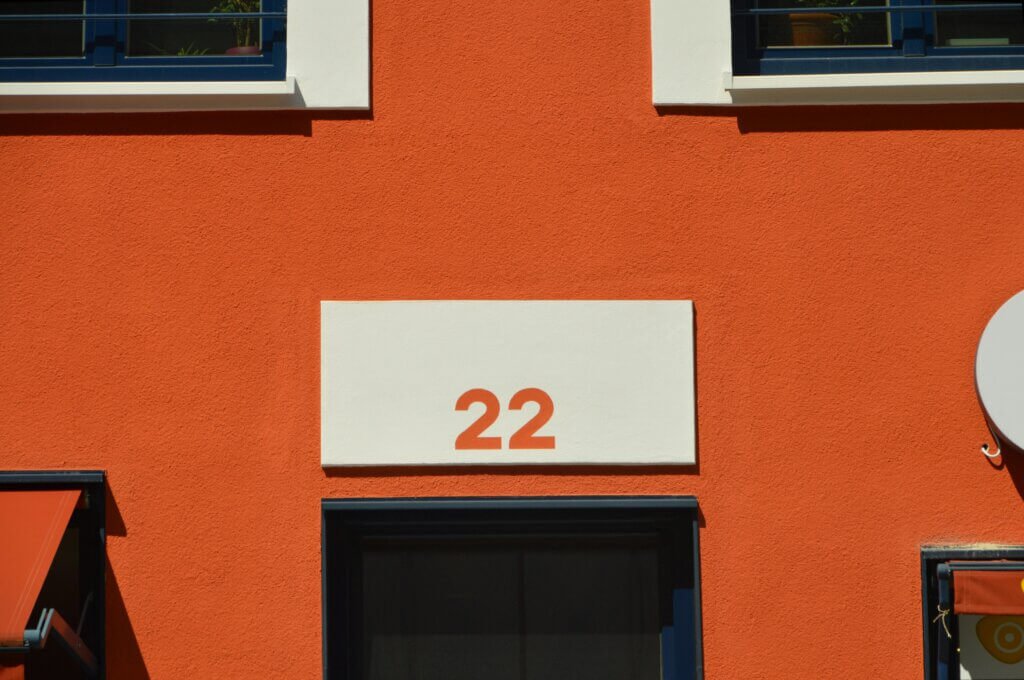
Choosing the Right Seeds
Consider Your Climate Zone
When starting a DIY garden from seeds, it is crucial to consider your climate zone. Different plants have different temperature and weather requirements for optimal growth. Research and understand the climate requirements of the plants you wish to grow, and make sure they align with the conditions in your area. This will greatly increase the chances of success in your garden.
Select Seeds for Your Desired Plants
Once you have identified the plants that are suitable for your climate zone, it’s time to select the seeds for your desired plants. Consider what you want to grow in your garden and choose seeds accordingly. Whether it’s colorful flowers, aromatic herbs, or juicy vegetables, there is a wide variety of seeds available for every type of plant. Take your time to browse through seed catalogs or visit your local garden center to find seeds that meet your preferences.
Look for Quality and Freshness
When choosing seeds, it is important to look for quality and freshness. High-quality seeds have a better chance of germinating and producing healthy plants. Look for seeds that are not expired and are packaged by reputable seed companies. Check for any signs of damage or discoloration on the seed packets, as this could be an indication of poor quality. Fresh seeds, especially for vegetables, will have a higher germination rate, leading to a healthier and more productive garden.
Preparing Your Soil
Test the Soil’s pH Levels
Before planting your seeds, it’s important to test the soil’s pH levels. A pH test will help you determine if your soil is acidic, alkaline, or neutral. Different plants have different preferences when it comes to soil acidity, so it’s essential to ensure that the pH level is suitable for your desired plants. Soil testing kits can be purchased at garden centers or through online retailers. By adjusting the pH level as needed, you can create ideal growing conditions for your seeds.
Improve Soil Quality with Compost
To promote healthy plant growth, it’s important to improve the quality of your soil. One of the best ways to do this is by adding compost. Compost is a nutrient-rich soil amendment that provides a range of essential minerals and organic matter. It helps improve soil structure, water retention, and drainage, leading to healthier plants. Spread a layer of compost over the top of your soil and mix it in thoroughly before planting your seeds.
Remove Weeds and Debris
Before planting your seeds, take the time to remove any weeds and debris from your garden bed. Weeds compete with your desired plants for nutrients, water, and sunlight, which can hinder their growth. Pull out any visible weeds by hand or use a garden hoe to remove them from the root. Clearing debris such as rocks, sticks, and fallen leaves will create a clean and clear environment for your seeds to thrive.
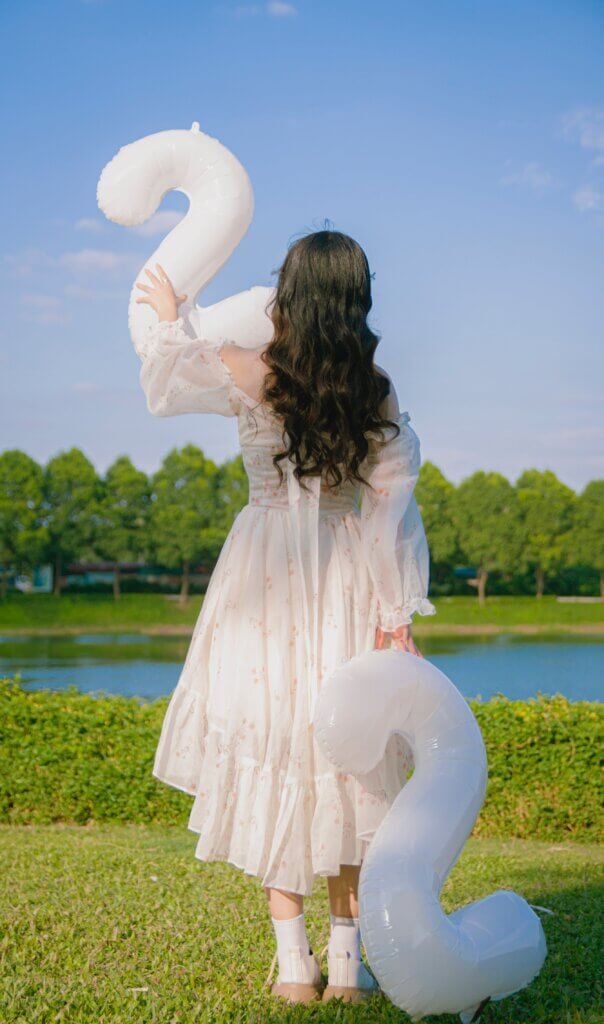
Germinating Seeds Indoors
Using Seed Starting Mix
Germinating seeds indoors provides a controlled environment for optimal growth. Start by using a seed starting mix, which is specifically formulated to provide the right balance of moisture retention and aeration for seed germination. Seed starting mix is usually a combination of peat moss, vermiculite, and perlite, providing a sterile and lightweight medium for seeds to sprout.
Moistening the Mix and Planting Seeds
Before planting your seeds, moisten the seed starting mix by adding water. The mix should be damp but not soggy. Fill seed trays, individual pots, or seedling cells with the moistened mix and gently press it down. Follow the instructions on the seed packet for the appropriate planting depth. Place one or two seeds in each container, covering them with the recommended amount of seed starting mix.
Providing Adequate Light and Temperature
Seeds require proper light and temperature conditions to germinate successfully. Place the containers with seeds in a warm and well-lit area, such as a sunny windowsill or under grow lights. Most seeds require a temperature range of 65-75°F (18-24°C) for germination. Monitor the moisture level in the seed starting mix, ensuring it remains consistently damp but not saturated. Use a spray bottle to mist the soil surface if it starts to dry out.
Hardening Off Seedlings
Gradually Expose Seedlings to Outdoor Conditions
Before transplanting your seedlings outdoors, they need to be hardened off. Hardening off is the process of acclimating young plants to the outdoor conditions gradually. Start by placing them in a sheltered spot outdoors for a few hours each day, gradually increasing the time over the course of a week or two. This gradual exposure helps the tender seedlings adjust to the wind, temperature fluctuations, and increased sunlight.
Increase Time Outdoors Each Day
As the seedlings become more accustomed to the outdoor conditions, gradually increase the time they spend outside each day. Extend the duration by an hour or two every few days until they are spending the entire day outside. This process strengthens the seedlings’ stems and prepares them for the challenges they will face when transplanted into the garden.
Protect Seedlings from Extreme Weather
While hardening off your seedlings, it’s essential to protect them from extreme weather conditions. Strong winds, heavy rain, or sudden drops in temperature can damage or even kill young plants. Keep a close eye on the weather forecast and be prepared to bring the seedlings indoors or provide temporary shelter if necessary. Cold frames, row covers, or plant protectors can be used to shield the seedlings from adverse weather conditions.
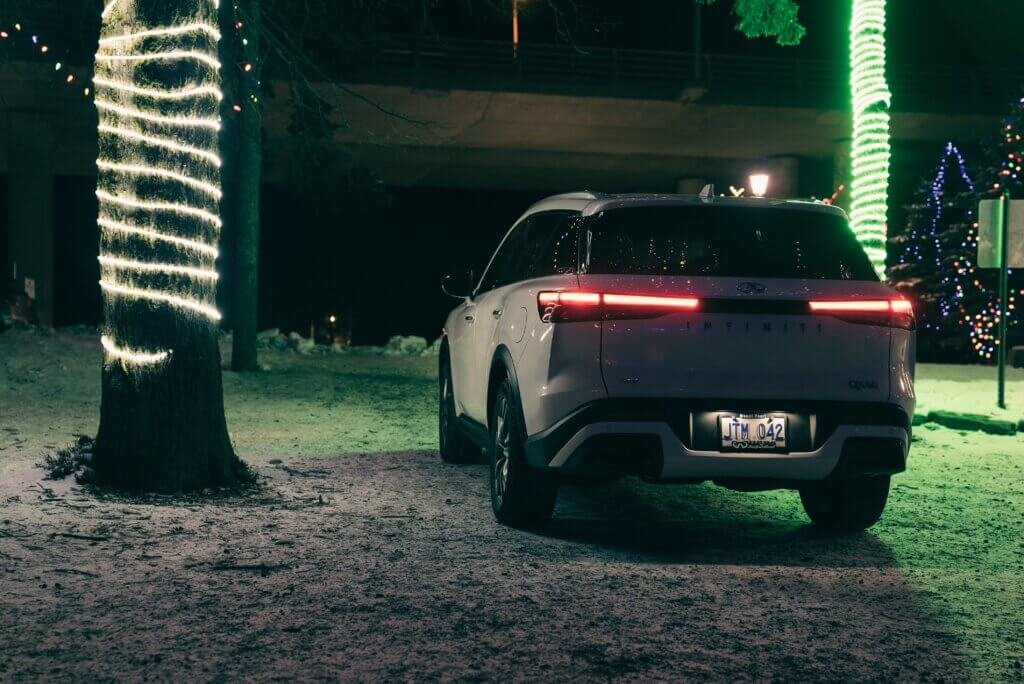
Direct Sowing Seeds
Prepare the Soil in the Garden Bed
Direct sowing is a method of planting seeds directly into the garden bed where they will grow. Before sowing the seeds, prepare the soil by removing any weeds, loosening it with a garden fork or tiller, and adding compost or organic matter to improve its fertility. Rake the soil to create a smooth surface free of clumps and debris.
Plant Seeds at the Appropriate Depth
Different seeds have specific depth requirements for optimal germination. Follow the instructions on the seed packet to determine the appropriate planting depth. Generally, smaller seeds are planted shallowly, while larger seeds are planted deeper. Use your finger or a small trowel to make a hole in the soil, drop the seed into it, and cover it gently with soil.
Water Consistently and Monitor Growth
After direct sowing the seeds, water the garden bed thoroughly to ensure good seed-to-soil contact. Use a watering can with a gentle spray or a soaker hose to avoid displacing the seeds. Consistent moisture is essential for seed germination and initial growth, so monitor the soil moisture regularly. Avoid overwatering, as it can lead to rot and other problems. As the seedlings emerge, continue to water as needed to keep the soil evenly moist.
Using Seed Tapes or Pellets
Benefits of Seed Tapes and Pellets
Seed tapes and pellets are convenient alternatives to traditional seed planting methods. Seed tapes are thin strips of biodegradable material with seeds embedded at the correct spacing. They provide an effortless way to plant seeds in straight rows, reducing the need for thinning later. Seed pellets, on the other hand, are compressed soil and fertilizer mixtures that contain a single seed. They simplify the planting process by eliminating the need for measuring and handling individual seeds.
Follow Instructions for Planting
To utilize seed tapes or pellets effectively, it is crucial to follow the instructions provided. Lay out the seed tape in the desired location, ensuring the soil is level and moist. Cover the tape with the recommended amount of soil, gently firming it down. For seed pellets, place them in the soil at the appropriate depth and cover with soil. Water the area gently after planting to ensure good seed-to-soil contact.
Provide Proper Care and Maintenance
Just like with traditional seed planting, seed tapes and pellets require proper care and maintenance. Monitor the moisture level in the soil and water as needed to keep it consistently moist. Protect the area from pests and diseases by applying appropriate measures such as organic pest control methods or row covers. Follow the instructions on the seed packet for any additional care instructions specific to the seeds you are using.
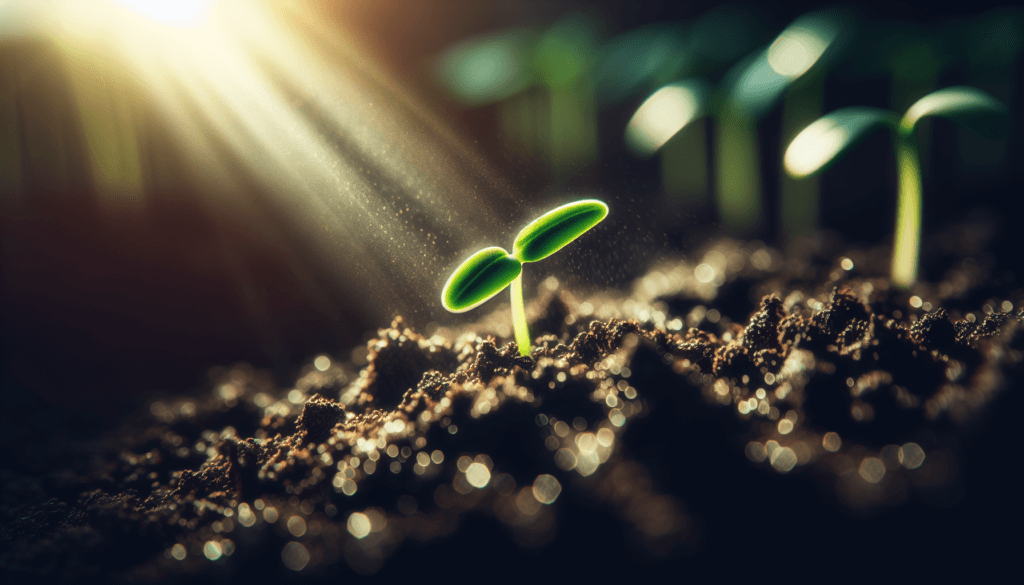
Utilizing Seed Starting Trays
Advantages of Seed Starting Trays
Seed starting trays offer several advantages when starting a DIY garden from seeds. They provide a convenient way to start multiple seeds in a compact space. Seed trays also allow for better control over moisture levels and prevent seedlings from becoming root-bound. Additionally, they make transplanting seedlings easier, as they can be moved to larger pots or the garden bed without disturbing the delicate roots.
Properly Filling Trays with Soil
When filling seed starting trays with soil, it’s important to do it properly to ensure optimal germination. Use a high-quality seed starting mix, making sure it is moistened before filling the trays. Gently press the mix into each cell or compartment, ensuring there are no air pockets. Fill each cell to the top, leaving a small gap to allow for watering without overflowing.
Transplanting Seedlings When Ready
Once your seedlings have grown enough and are ready for transplantation, carefully remove them from the seed starting trays. Hold the seedlings by the leaves, avoiding any damage to the stem. Use a small, handheld trowel or your fingers to transplant the seedlings into larger pots or directly into the garden bed. Be gentle with the delicate roots to minimize transplant shock.
Caring for Seedlings
Watering Seedlings Correctly
Proper watering is crucial for the health and growth of young seedlings. Water the seedlings at the base, avoiding wetting the leaves, which can lead to disease. The frequency of watering depends on factors such as temperature, humidity, and soil moisture levels. Check the moisture level in the soil by sticking your finger about an inch deep. If it feels dry, it’s time to water. Always aim for consistent moisture, avoiding both waterlogging and drought.
Feeding Seedlings with Fertilizer
Seedlings require adequate nutrients to develop into healthy plants. Once the seedlings have developed their first set of true leaves, it’s time to start feeding them with fertilizer. Choose a balanced, water-soluble fertilizer specifically formulated for seedlings. Follow the instructions on the fertilizer package for the correct dilution ratio and frequency of application. Fertilize the seedlings regularly to provide them with essential nutrients for optimal growth.
Identifying and Treating Common Seedling Issues
Seedlings, like any other plants, can face certain issues that hinder their growth. Keep an eye out for common problems such as damping off, which is a fungal disease that causes the seedlings to wilt and collapse. Overwatering, improper light conditions, and pest infestations are also common issues to watch for. If you notice any signs of problems, promptly identify the cause and take appropriate action. This may include adjusting watering practices, providing better light conditions, or applying organic pest control methods.

Transplanting Seedlings
Preparing the Planting Site
Transplanting seedlings is a critical step in the DIY garden process. Before transplanting, prepare the planting site by clearing any weeds or debris and amending the soil if needed. Dig a hole that is slightly larger than the root ball of the seedling to ensure there is enough space for the roots to spread out. Loosen the soil in and around the hole to facilitate root penetration.
Handling Seedlings with Care
When it’s time to transplant seedlings, handle them with care to avoid damaging the fragile roots. Hold the seedling by the leaves or use a transplanting tool to lift it gently from its container. Avoid pulling on the stem, as this can lead to breakage or damage. Place the seedling into the prepared hole, making sure it is at the same depth as it was in its previous container. Backfill the hole with soil and gently press it down around the base of the seedling.
Watering and Post-Transplant Care
Water the newly transplanted seedlings immediately after planting to help settle the soil and eliminate air pockets. Provide enough water to thoroughly moisten the root zone without creating waterlogging. Monitor the moisture level in the soil and water as needed in the following weeks. Apply a layer of mulch around the base of the seedlings to help conserve moisture, suppress weeds, and regulate soil temperature. Keep a close eye on the seedlings for any signs of stress or wilting, providing additional care if necessary.
Monitoring and Maintaining the Garden
Regularly Inspecting Plants for Pests and Diseases
One of the essential aspects of maintaining a DIY garden is regularly inspecting plants for pests and diseases. Check your garden bed regularly for any signs of pests such as aphids, caterpillars, or slugs. Look for symptoms of diseases such as leaf spots, powdery mildew, or wilting. Early detection allows for timely intervention and treatment, minimizing the risk of severe damage to your plants.
Providing Proper Watering and Nutrients
Maintaining proper watering and nutrient levels is crucial for the health and productivity of your garden. Regularly water your plants, ensuring they receive enough moisture without being overwatered. Deep watering at the base of the plants is generally more beneficial than frequent shallow watering. Consider using a drip irrigation system or soaker hoses to deliver water directly to the roots while minimizing water loss. Feed your plants with a balanced fertilizer according to their specific needs, taking into account factors such as plant type, growth stage, and soil fertility.
Pruning and Training Plants for Optimal Growth
Pruning and training your plants helps promote optimal growth and shape. Remove any dead or diseased plant material to prevent the spread of diseases. Prune branches or foliage that obstruct sunlight or air circulation to avoid the development of mold, mildew, or pest infestations. Train vining plants onto supports such as trellises, stakes, or cages to improve airflow and maximize yield. Regularly monitor your plants’ growth and adjust your pruning and training strategies accordingly.
By following these comprehensive steps, you can successfully start a DIY garden from seeds. From choosing the right seeds for your climate zone to maintaining and monitoring your garden, each stage is vital for the growth and success of your plants. Enjoy the journey and reap the rewards of a beautiful and bountiful garden that you have nurtured from seed to harvest. Happy gardening!

